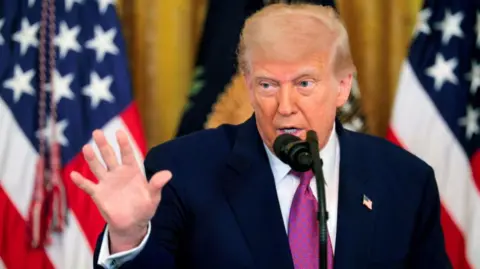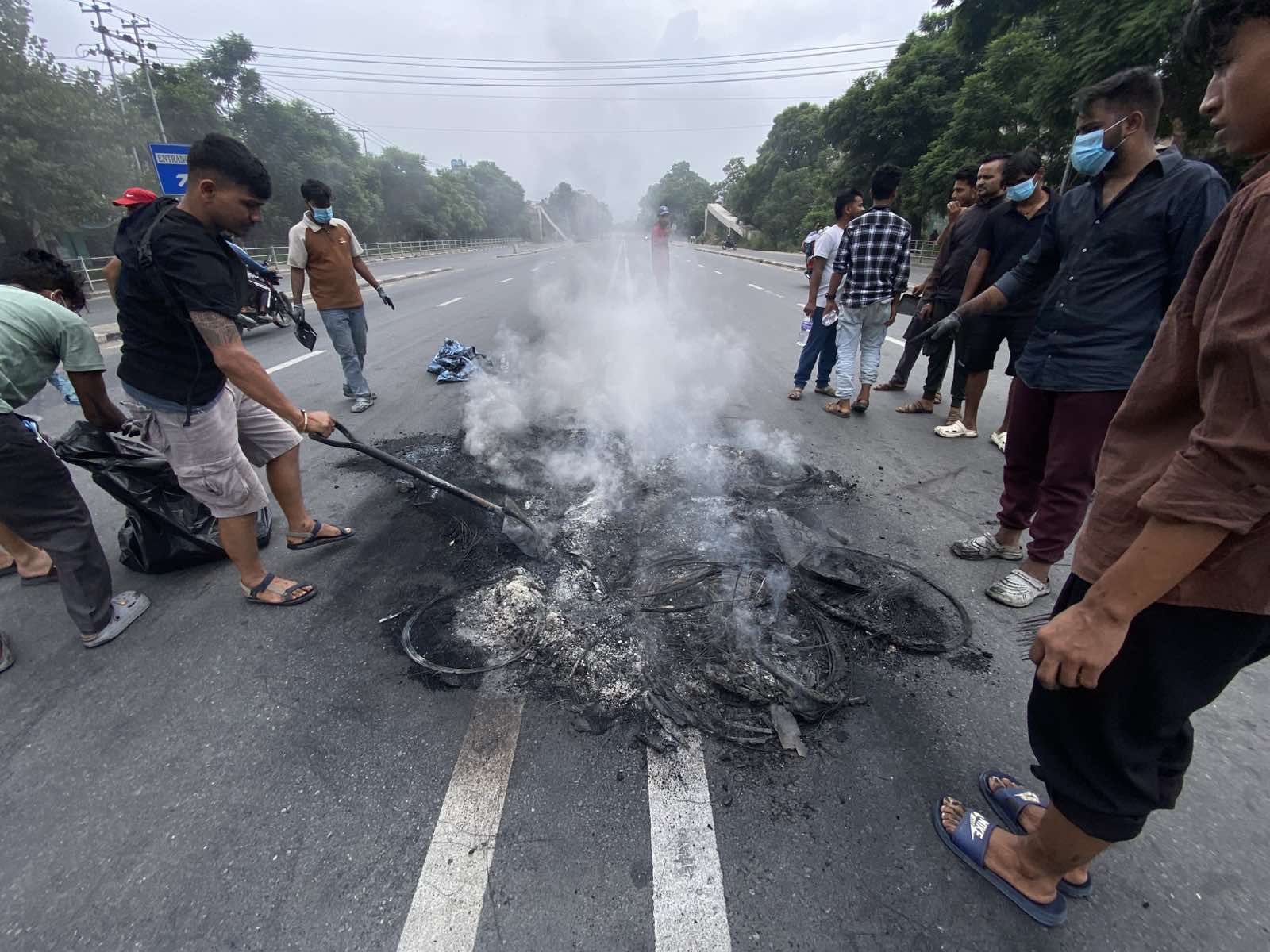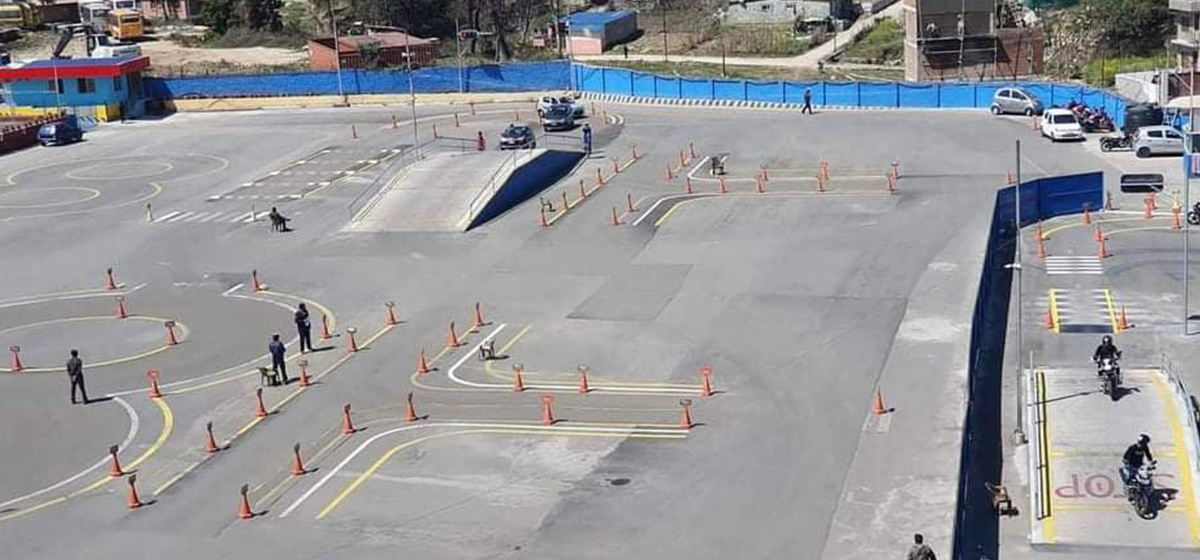The two-day Gen Z protests that shook Nepal have ushered the country into a new era. What began as a youth-led revolt against a tired political order ended with the collapse of that order—but also with scars that will take time to heal. The scale of outrage, the young lives lost, and the determination shown on the streets have already written a new history for the country. The aftermath, however, serves as a grim reminder that swift change often comes with costs that cannot be overlooked.
Once the dust settled, the Nepal Army took to the streets—a necessary move to safeguard citizens and prevent chaos from spiraling out of control. Fires were still raging, public and private properties were being destroyed, and several shops and departmental stores were vandalized and looted. ATMs were broken into, and even a bank was attacked. The army imposed a curfew to restore normalcy. Those who had previously demanded the downfall of the regime now had to remain inside their homes. For many, controlling the ensuing chaos was essential before a new political setup could begin to take shape.
The two days of unrest claimed the lives of many young people and a few policemen. Families mourned sons and daughters. Their sacrifice became the symbol of a generation’s demand for change. Yet some events took a darker turn. Looting was a tragic episode that followed the success of the protest. While many youths demonstrated with ideals, others exploited the chaos. Unscrupulous individuals engaged in stealing goods from offices and buildings after setting them ablaze. Several prisons across the nation witnessed breakouts, with inmates serving sentences for grave crimes escaping. Police weapons and rifles were snatched or looted, though several were later recovered by the army. Some took advantage of the disorder to commit robberies in residential areas. These were not the actions the youth protesters wanted, but they became the fallout of a powerful uprising.
Trump suggests regime change in Iran

Meanwhile, the youth-led protests succeeded in toppling a regime that had failed to deliver, but they also left behind a trail of destruction. Burning government buildings may have felt like a symbolic victory for angry protesters, but tomorrow those same offices will be needed to provide public services. The new leaders will be tasked with rebuilding what was destroyed, utilizing the same scarce national resources.
Generation Z protesters indeed showed their strength, solidarity, and power. But now they must show maturity in recognizing that guiding a country out of chaos is not the same as toppling a regime. The excitement and zeal of protest must be transformed into the discipline of governance. Otherwise, the sacrifices of those two days may be in vain. At this moment, no one wants to see these youths lose direction, as that would only deepen the disorder in the nation.
And then, of course, there is the issue of international perception. The images of young people taking on a corrupt political order gained sympathy abroad, but the images of looting, arson, and prison breakouts raised concerns. Countries that have extended aid and goodwill to Nepal for decades are now cautious. They want to see whether the new government can demonstrate discipline, stability, and responsibility. Without these qualities, Nepal risks lagging years behind in rebuilding its future.
At this juncture, some wise and well-intentioned voices are being heard. They agree that the old order had failed and had to go, but they also urge the young not to repeat the mistakes of past leaders. Street protests can change regimes, but they cannot by themselves govern a nation. Governance requires patience, strategy, and self-restraint. It requires protecting institutions—even if imperfect—because within them lies the fabric of daily life. To destroy them in anger is only to make tomorrow harder.
To sum up, the bravery and sacrifice of young people will be remembered as the force that ended an era. But the chaos that followed has warned everyone that without discipline, change can quickly lose direction. The question now is: can the younger generation clean up the mess and show the world that their struggle was about building, not just tearing down, the nation? Only time will tell.





































